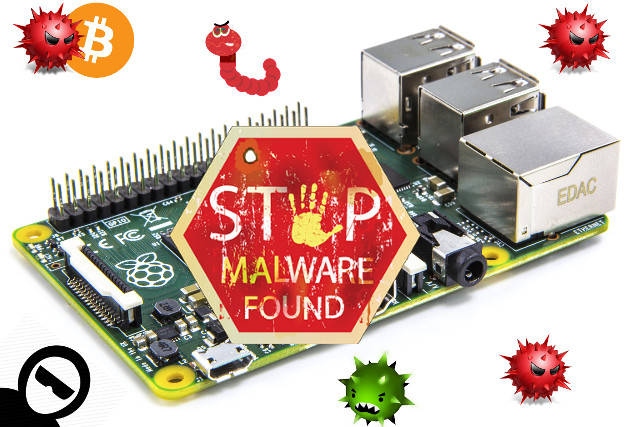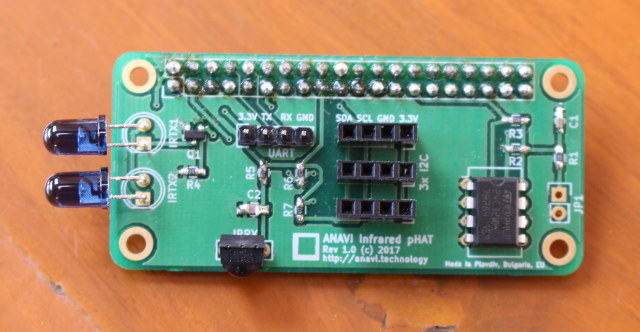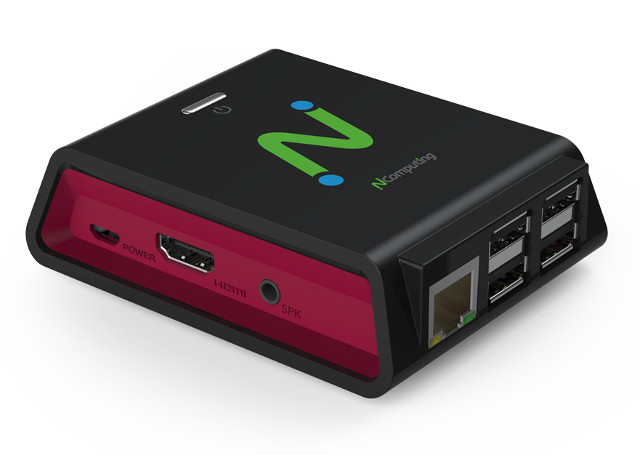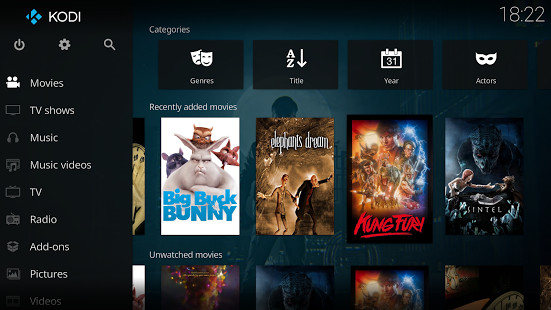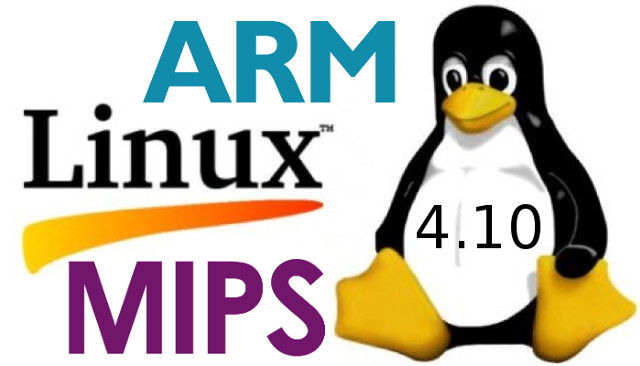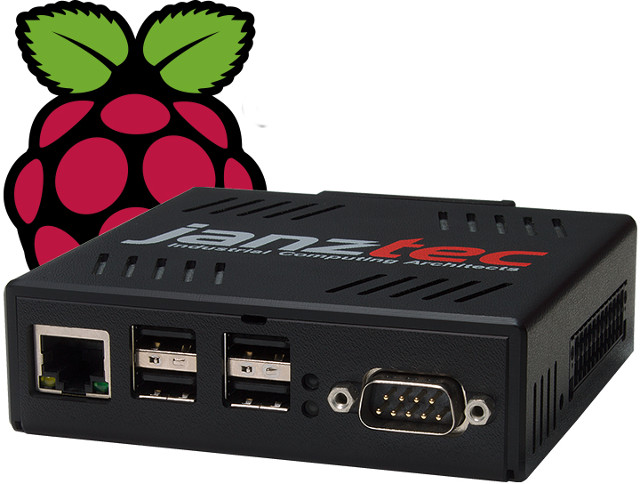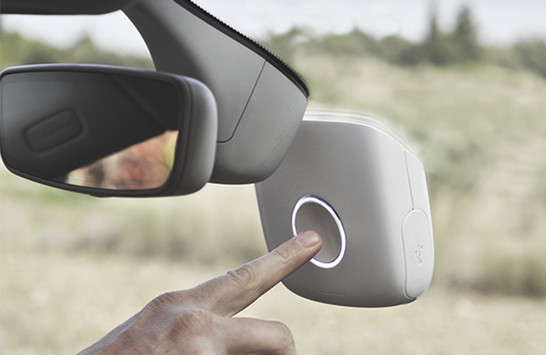Everyday we can read stories about password database hacking, malware, ransomware, and so on, and companies can try to protect themselves by paying professionals that do a more or less good jobs, but individuals can’t afford professional service, so it is harder to protect oneself. One solution is to educate yourself as much as possible, but everybody has the time and/or skills to do it, so developers have worked on FalconGate open source smart gateway that’s supposed to protect home devices against hackers, and alerts the user in case of intrusions on your home network, or devices misbehaving. FalconGate is said to be able to: Block several types of Malware based on open source blacklists Block Malware using the Tor network Detect and report potential Malware DNS requests based on VirusTotal reports Detect and report the presence of Malware executables and other components based on VirusTotal reports Detect and report […]
How to Control Your Air Conditioner with Raspberry Pi Board and ANAVI Infrared pHAT
Leon ANAVI may be a full-time software engineer, but in his spare time he has started to develop open source hardware project with the help of others and by himself. Last year, I got hold of his RabbitMax Flex HAT for Raspberry Pi, and tested it with the provided LCD display, one temperature sensor, and a Raspberry Pi 2 board. The board also featured IR receiver & transmitter, and I tried to use it with my aircon remote control, but at the time I did not find a way to do it easily, and control my TV with LIRC instead. Leon has now made a simpler, smaller, and cheaper add-on board for Raspberry Pi Zero, and other Raspberry Pi boards with a 40-pin header, with 3x I2C headers, two IR transmitters, and one IR receiver. He sent me a sample of “ANAVI Infrared pHAT”, and after quickly describing the board, […]
NComputing RX300 is a Raspberry Pi 3 based Thin Client for Windows & Linux
NComputing is a company specializing in thin clients, which are low power computers that run code from one or more powerful servers, so for example you could edit photos in Photoshop running in Windows 10 using a Raspberry Pi 3 board connected to an HDMI display. That’s exactly what the company had done with RX300 “cloud-ready” thin client based on the Raspberry Pi 3, and optimized specifically for the company’s vSpace Pro desktop virtualization solution for Linux and Windows. Ncomputing RX300 hardware specifications: Based on Raspberry Pi 3 model B board powered by Broadcom BCM2837 quad core Cortex A53 processor System Memory – 1GB RAM Storage – 8GB micro SD pre-loaded with software Video Output – 1x HDMI 1.4 port Audio – Via HDMI, 1x speaker jack (16bit/22kHz high quality audio) Connectivity – 10/100 Mbps Ethernet, 802.11 b/g/n WiFi and Bluetooth 4.1 USB – 4x USB 2.0 host ports with […]
Raspberry Pi Zero W Adds WiFi & Bluetooth, Sells for $10
The first Raspberry Pi was launched 5 years ago on February 29, 2012, and the Raspberry Pi foundation has made an habit of announcing new products on the anniversary of the board. This year is no exception, as the foundation has just announced Raspberry Pi Zero W, based on the popular Raspberry Pi Zero, but potentially much more useful, as they added a WiFi and Bluetooth LE module to the board. Raspberry Pi Zero W specifications: SoC – Broadcom BCM2835 ARM11 processor @ 1GHz with VideoCore IV GPU System Memory – 512MB RAM Storage – microSD slot Video Output – mini HDMI port and composite video (via 2 unpopulated pins) Connectivity – 802.11 b/g/n WiFi and Bluetooth 4.0 (same Cypress CYW43438 wireless chip as Raspberry Pi 3 Model B) USB – 1x micro USB OTG port, 1x micro USB port for power only Camera – 1x CSI camera connector Expansion […]
LibreELEC v8.0.0 Released with Kodi 17.0 (Krypton)
LibreELEC is a JeOS (Just enough Operating System) based on Linux that creates a media center appliance platform for Kodi (formelly XBMC), and a fork of OpenELEC. The developers have now released LibreELEC v8.0.0 with the latest Kodi 17.0 “Krypton”. Beside the update to Kodi 17, some of the changes since the last stable version (v7.95.3) include: Fix for TVheadend issues in the WeTek Play 2 DVB driver Fix for interactive governor causing slowdown issues on the WeTek Core Fix for missing Bluetooth “connect and trust” option when pairing Fix for missing ir-keytable streamzap support after recent changes Updates to refine lirc repeat timing changes Update WeTek Play 2 remote keymap to expose more buttons Updates to linux-amlogic 3.10 (arm) and 3.14 (aarch64) kernels Add hexdump busybox applet needed for Odroid_C2 overclocking The full list of changes can be found on github. While it’s possible to update from an existing […]
Linux 4.10 Release – Main Changes, ARM & MIPS Architectures
Linus Torvalds has just released Linux 4.10: So there it is, the final 4.10 release. It’s been quiet since rc8, but we did end up fixing several small issues, so the extra week was all good. On the whole, 4.10 didn’t end up as small as it initially looked. After the huge release that was 4.9, I expected things to be pretty quiet, but it ended up very much a fairly average release by modern kernel standards. So we have about 13,000 commits (not counting merges – that would be another 1200+ commits if you count those). The work is all over, obviously – the shortlog below is just the changes in the last week, since rc8. Go out and verify that it’s all good, and I’ll obviously start pulling stuff for 4.11 on Monday. Linus Linux 4.9 added Greybus staging support, improved security thanks to virtually mapped kernel stacks, […]
Janz Tec emPC-A/RPI3 is an Industrial Embedded Controller Based on Raspberry Pi 3 Board
We see more and more industrial devices making use of Raspberry Pi boards, after Kunbus RevolutionPi RevPi Core industrial computer based on Raspberry Pi Computer Module, and RailPi 2.0 embedded computer equipped with a Raspberry Pi 3 (or ODROID-C2) board, Janz Tec is now offering another option with emPC-A/RPI3 industrial embedded controller featuring Raspberry Pi 3 board, and supporting variable DC power input, 24V digital inputs and outputs, and interfaces such as CAN, RS485… Janztec emPC-A/RPI3 specifications: SoC – Broadcom BCM2837 quad core ARM Cortex-A53 processor @ 1.2 GHz (but limited to 4x 600 MHz on purpose to avoid overheating) and VideoCore IV GPU System Memory – 1GB DDR2 RAM Storage – externally accessible micro SD slot Video Output – HDMI 1.4 port Connectivity – 10/100M Ethernet port, 802.11 b/g/n WiFi and Bluetooth LE (BCM43143) USB – 4x USB 2.0 ports Debugging – 1x 9-pin D-SUB connector for serial debug […]
Dride is a Voice Controlled Dashcam Driving Assistant Powered by a Raspberry Pi Board (Crowdfunding)
Next Thing introduced Dashbot Car Dashboard Assistant based on CHIP Pro module late last year, and it will get some competition with Dride, a driving assistant powered by Raspberry Pi, that can also be voice controlled like Dashbot, but includes a Pi camera to record videos, and alert the users of dangers using computer vision, for example when they drive too close to the car in front. The system leverages Raspberry Pi board and Pi Camera, and adds an outer shell, Dride’s Raspberry Pi HAT, and a car charger & cable. Some of the key features listed for the Dride include: Cloud support – Upload and store driving videos to your Dride profile ADAS – Safety alerts in case of lane deviation or frontal collision Voice – Voice commands for navigation & messaging Connectivity – Bluetooth, WiFi, and GPS The developers also provide “Dride – Passenger Seat Driver” app for […]


